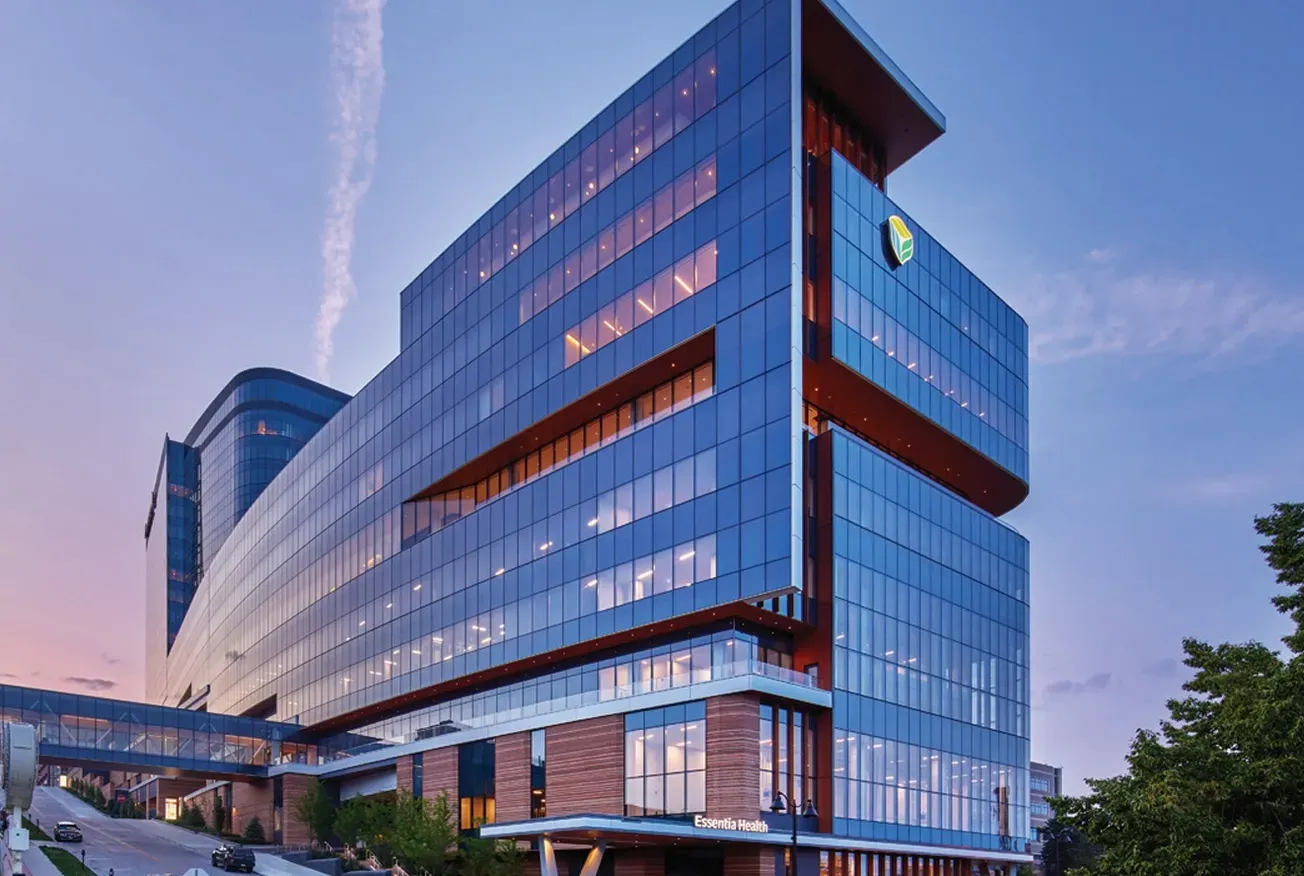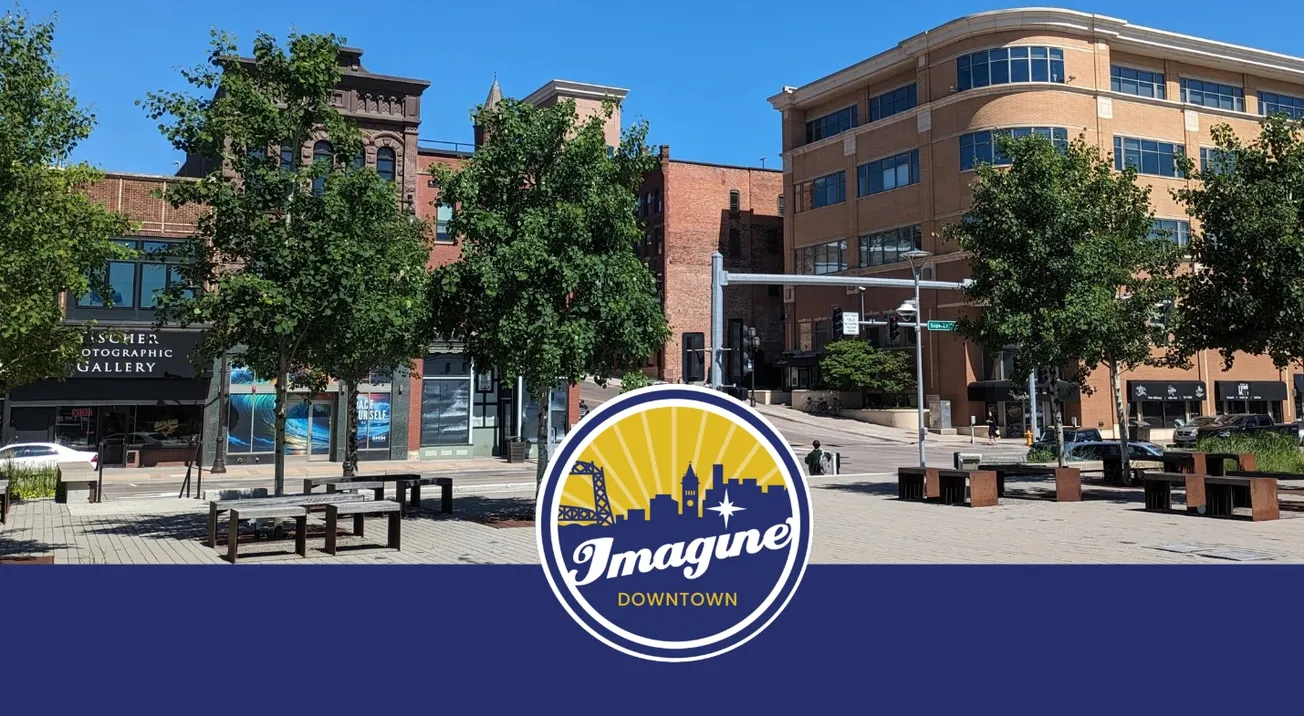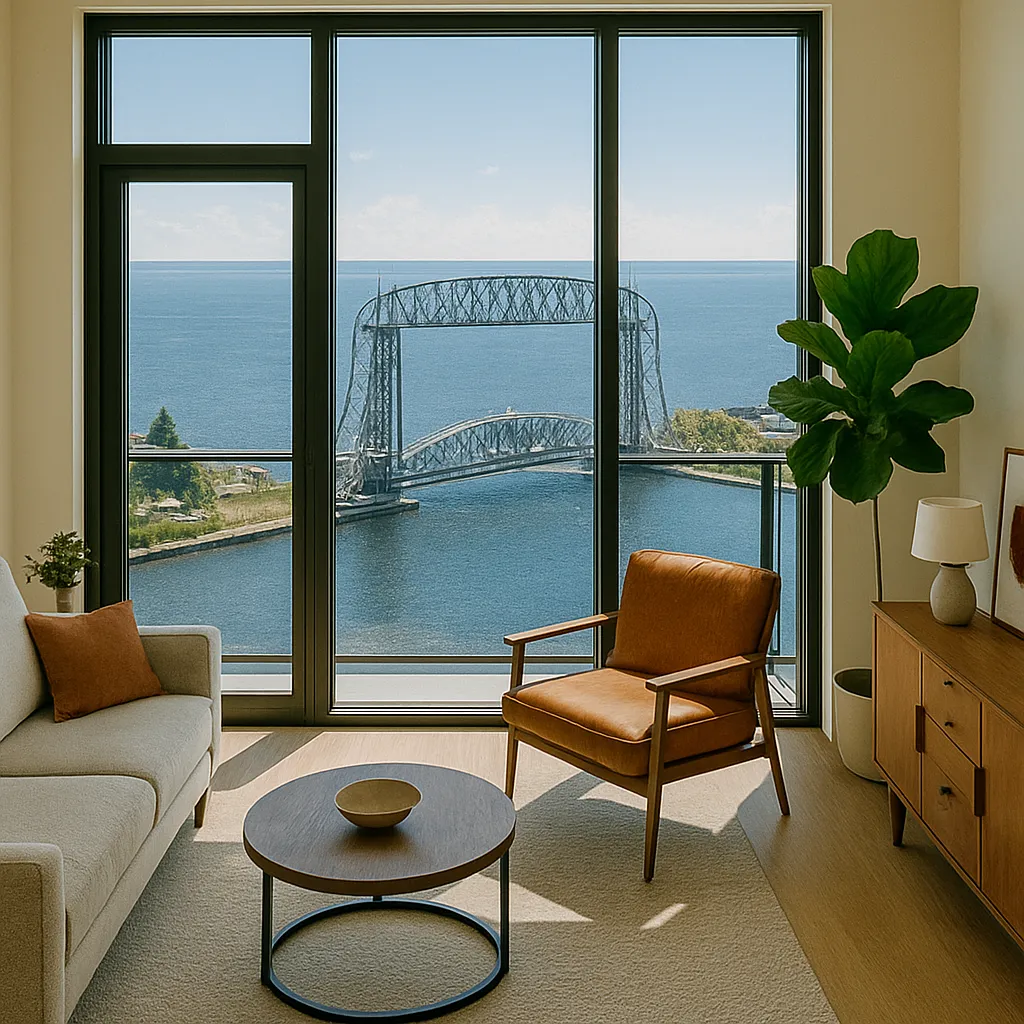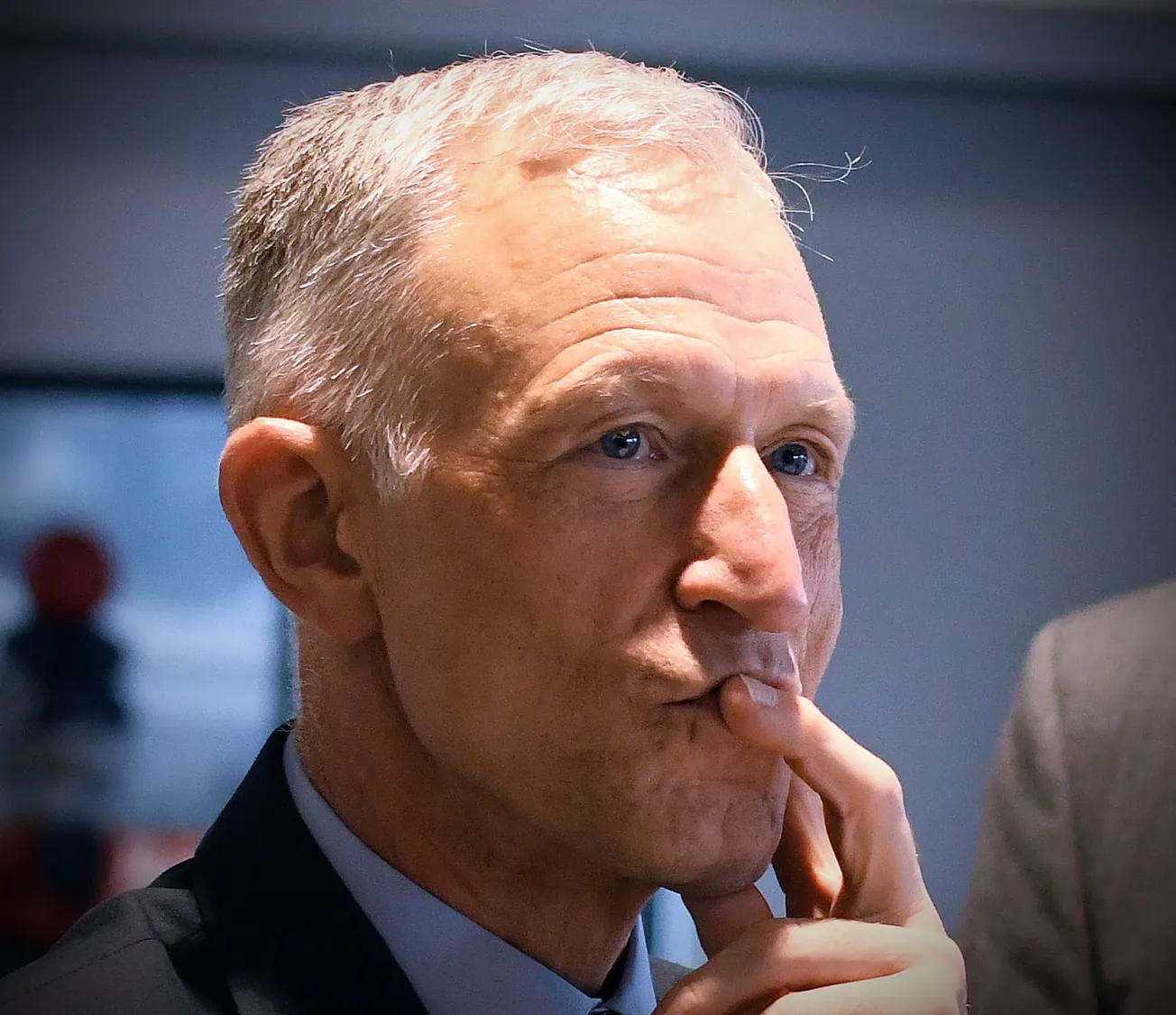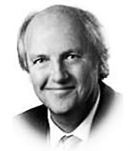
Howie's column is powered by Lyric Kitchen · Bar
There’s a new pulse in downtown Duluth, and it shows up early — before the coffee, before the commute — glinting above the lake like a promise. A skyline stitched together by glass, steel and something rarer here lately: purpose.
The new Essentia Health St. Mary’s Medical Center isn’t just a building. It’s a declaration that Duluth intends to heal itself from the inside out. Say what you will about hospital architecture — the sharp corners, the marble lobbies, the corporate naming — but you can’t miss the symbolism. When that tower rose on Superior Street, it said something bigger than medicine: we’re still betting on this city.

Essentia didn’t run for the suburbs. It didn’t retreat behind telehealth screens or trim payroll to make a quarterly slide look good. It doubled down — on people, presence, and permanence — when downtowns everywhere were hollowing out. Walk through those doors, and you feel the light, the calm, the quiet sense that maybe, just maybe, we haven’t lost our footing. This isn’t just a hospital; it’s a civic comeback story.
Essentia employs thousands — doctors, nurses, coders, cooks, custodians, techs. Their paychecks ripple into cafés, apartments, fundraisers, and Little League sign-ups. The invisible current powers this town while the rest of the country argues about what “revitalization” even means.

Essentia Health, which forms the heartbeat of the city's health economy, generates more than $4.5 billion in annual economic activity in the Twin Ports and supports nearly 14,900 jobs in the region.
But before we get too dazzled by the glass, remember who poured the first foundation: the Benedictine Sisters of St. Scholastica. They arrived here with little more than prayer, grit, and a calling to heal. The first St. Mary’s Hospital was in West Duluth, a building meant to be a school. When the city built its own, the Sisters bought the empty one and turned it into a hospital. No consultants, no campaign — just faith and need.
They didn’t come for profit. They came for mercy. When influenza hit, they stayed. When the Depression emptied pockets, they stayed. When war took nurses and supplies, they stayed. They trained generations of caregivers, prayed for every patient, and treated each as sacred. Their fingerprints still live on the doorknobs, and in every nurse who lingers an extra minute beside a patient instead of checking the clock.

To its credit, Essentia hasn’t forgotten that DNA. It’s scaled it up. Partnerships with St. Scholastica, Lake Superior College, and the University of Minnesota Medical School carry the Sisters’ mission forward — teaching compassion beside anatomy, humility beside technology. That’s not corporate expansion. That’s generational investment. The research labs and residency programs pull in students who stay, become homeowners and taxpayers, and slowly make Duluth younger, brighter, healthier.
It’s fair to look up at that tower and feel gratitude — for the Sisters who prayed us here, for the nurses who still whisper encouragement through exhaustion, for administrators who saw beyond spreadsheets to something resembling purpose. But every applause line eventually meets its challenge. Essentia has earned its praise.
The next chapter is influence.
What can Duluth’s largest employer do to rebuild the neighborhood around it — not just through sponsorships, but through imagination? Downtown needs more than medicine. It needs momentum between the appointments.

What if Essentia converted part of its older office footprint into housing for nurses, residents, and traveling techs? What if it helped seed a small-business corridor along Superior Street — cafés, daycares, dry cleaners — the everyday fabric that lets a workforce live where it works? What if one floor of that tower became a public wellness hub — nutrition classes, counseling, preventive care, a welcome mat for families who’ve never felt comfortable in a hospital lobby?
That’s where the next civic heartbeat could come from: a health system that sees its neighborhood as its next patient. Essentia already understands data, so here’s one worth charting — when a hospital integrates with its downtown, open and inviting instead of walled off, the entire city gets healthier. More foot traffic. More small-business survival. More trust.
The Sisters knew this long before we coined “urban renewal.” They built housing for nurses, ran food kitchens, and taught literacy. Their version of health included roofs and hope. The best way to honor that isn’t with plaques or prayers but policies that echo their spirit. Essentia has the credibility, manpower, and moral license to lead Duluth’s next act — not from a podium, but from the sidewalk.

Imagine shift changes spilling into a downtown alive with food trucks, music, and light in the windows. Imagine nurses walking home under that skyline glow. Imagine a city whose hum matches the hum of an MRI machine. That’s not fantasy; that’s a plan waiting for partners.
Because the Sisters weren’t chasing miracles — they were building them. Standing on Superior Street at sunrise and looking east toward that glass tower, you can still hear their rhythm beneath the city’s heartbeat.
The heart of downtown is beating again. And it still carries a Benedictine rhythm.


